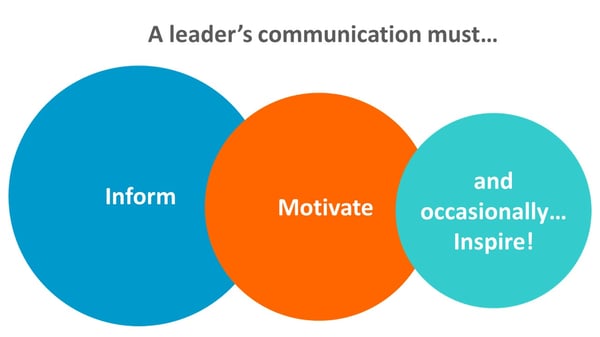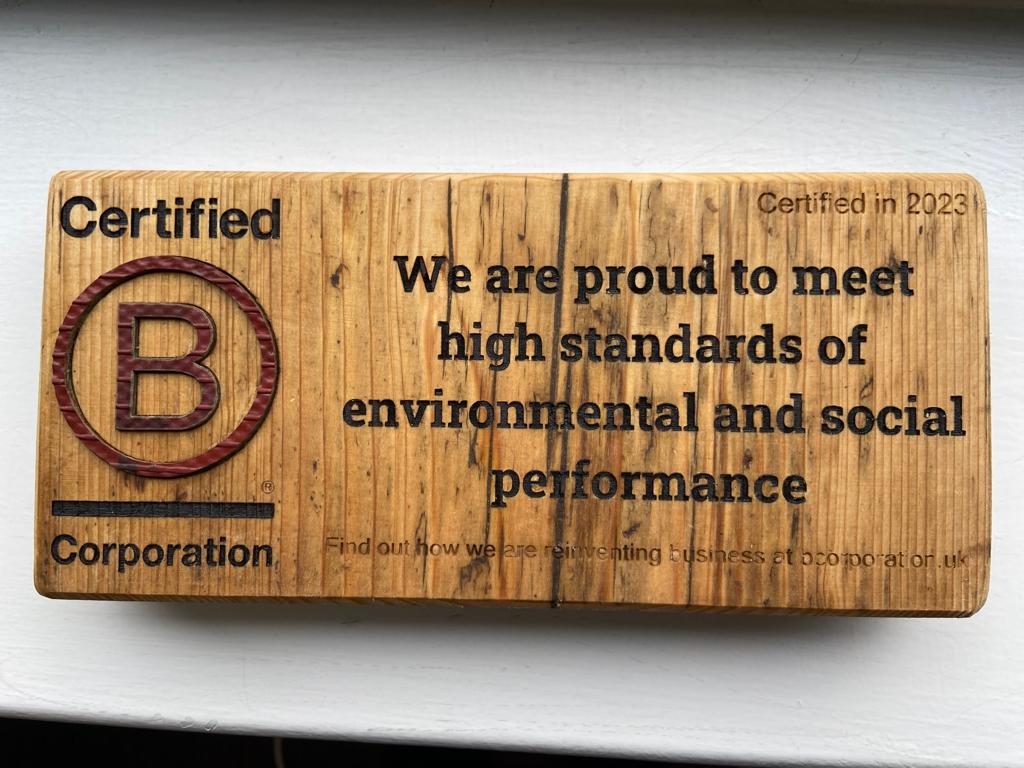This week, John Oliver OBE has been speaking with our LEAD™ and GAIN™ delegates about motivation, employee engagement and continuous improvement. These are all topics that come up frequently in discussions on our leadership programs as delegates wrestle with issues such as low morale, dysfunctional teams or a desire to improve performance. And yet people aren’t always sure where to start.
Research consistently shows that motivated employees have greater job satisfaction, are more productive and produce a better performance. So how do we motivate people and build a high performing team / organisation?Well, as leaders and managers, we cannot motivate people as this has to come from within, but we can create an environment in which people feel energised, motivated and engaged. And we can do this by ensuring that the culture of the organisation (i.e., “how we do things around here”) is a positive one which fosters employee satisfaction and motivation.
Here are our five top tips for creating a positive workplace culture:
1. Commit to clear and regular communicationTypically, management tend to communicate what they consider important and that tends to be wrapped up in figures and business indicators. As a consequence, employee communications are littered with jargon and statistics which mean little to employees. Experience tells us that what employees value most in communication is that which gives them an insight into the broader aspects of working life and the key variables that determine the success or failure of the organisation. The workforce needs access to the views and opinions of the main decision-makers in the business. John suggested to our delegates that each form of communication in the business should ‘Inform, Motivate and occasionally Inspire’. So, think about what your team wants to know, who needs to tell them and the best way to share that information.

When it comes to creating an environment where people feel motivated and inspired, it is absolutely vital that leaders within the business 'walk the walk' and set the example. Research shows that up to 70% of the culture of a business is influenced by the behaviour of leaders and managers within the business, which in turn has a direct impact on business performance. As bestselling author Steven Covey said, “What you do has far greater impact than what you say.” Make sure that leaders and managers within the business demonstrate company values, approach their roles with enthusiasm, motivation and commitment and exhibit the behaviours that you want to encourage throughout the organisation.
3. Share the visionThe purpose of setting clear goals and expectations is to help employees to improve and achieve agreed objectives. When employees can see how their individual goals fit into the big picture – how they are contributing to the overall company mission, vision, purpose – they are even more effective. Professor Steve Kempster, another of our masterclass speakers, likes to remind our delegates of the story of the two quarry workers. When asked what they were doing, one quarry worker explained that they were cutting rocks, whilst the other described that they were ‘building a cathedral’. It is the second worker who can see the link between the day-to-day role and the overall company goals who is more motivated and will bring their best self to work. How can you make sure that individuals in your team / department / organisation see how they are contributing to the bigger picture?
4. Allow employees to make decisionsWhilst there are many decisions that will need to remain with the senior leadership team, business leaders should ensure that, where possible, decision making is distributed throughout the organisation to the lowest possible level. Meaning that decisions are made by the person who is best placed to do so. Your employees will inevitably be the ones who are closest to your customers, your processes and your products or services, which means they are usually the people with the right information to make the best decision.
In Daniel Pink’s book ‘Drive: The Surprising Truth about what Motivates Us’ he identified ‘autonomy’, or the desire to be self-directed, as a strong motivating factor that drives individuals, and by allowing and encouraging employees to take responsibility for decision-making where appropriate, leaders can not only increase motivation but can also free themselves from having to deal with a multitude of decisions, preventing them from becoming a bottleneck and allowing them time to focus on strategic issues.
5. Recognise good performanceThis is arguably the most important point and yet is one which is frequently overlooked. Recognition just means saying “thank you” and a simple “thank you” can go a long way in making someone feel appreciated and valued.
When times are stressful, it can be easy to feel too busy to acknowledge employee contributions, especially when the cynical amongst us may feel that they are ‘just doing their jobs’. However, study after study shows that specific, sincere and meaningful recognition has a positive impact on employee engagement, motivation and productivity. So, make sure that you do find time to say thank you, recognise individual contributions and celebrate team successes.
By making a commitment to creating an environment where team members can feel motivated, engaged and inspired, leaders can ensure that their business will be in the best position to thrive in the years to come.

If you are interested in finding out more about how we help our delegates to improve their leadership skills in order to develop themselves, their teams and their organisations, please get in touch with Jo Draper or Stewart Barnes.
Our next effective leadership program for senior leaders (LEAD™) starts in November, and our next management development program for future leaders (LEADlight) will start in January 2022.



